No matter how well-meaning you are and how much you care about your business, you’ll get an unhappy customer. It is just the rule of customer service; one person always brings their lousy day to your doorstep. Or someone in your business who accidentally slips up and makes a mistake that impacts a customer’s experience. Regardless of the cause, this is where the importance of customer service recovery comes in.
Customer recovery is simply getting unhappy customers back on track. Usually, there’s an entire department dedicated to this, with staff working hard to regain customer confidence. You can typically do this by providing compensation or solving the underlying issue. 32% of customers will leave a company they love after one unpleasant encounter, so this recovery is essential.
In this guide, we’ll break down the process of how to service recover in customer service. It’s an important skill to learn but an essential rationale to understand. You must build a loyal customer base and great reviews to excel in your business. And to get that, you must ensure that unhappy customers don’t stay disappointed for long.
Here’s our take on the best strategies and critical benefits of a customer recovery strategy. Get ready to jot down some notes.
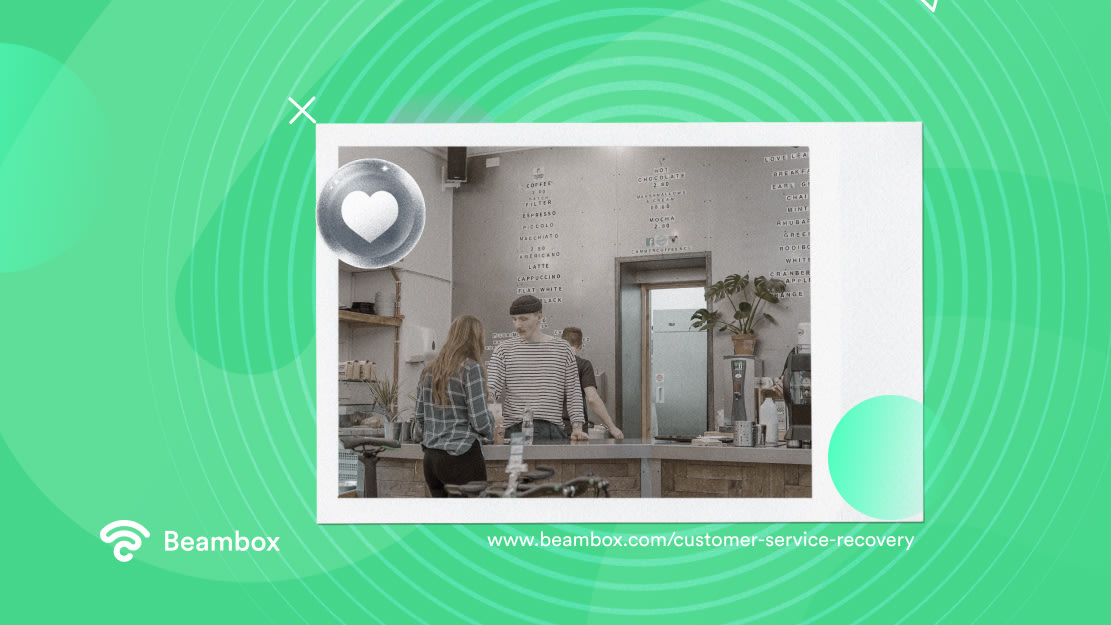
What Is Customer Recovery and Its Key Strategies?
Customer recovery is just transforming an unhappy customer into a loyal customer. It’s simpler than you think, and while you might instinctively avoid angry customers, that’s hugely counter-productive.
In fact, there are so many benefits to an irate customer, who often become immensely loyal converts with some TLC. Investing in a strategy to reconnect with unhappy customers allows you more significant customer base potential.
Recovering a dissatisfied customer can come about in many different ways. You could have any of the following:
- A desk to receive customer complaints.
- A helpline that customers can call.
- An email review system that lets customers vent privately to you.
- A reputation manager that manages your online reviews.
Of course, customer recovery could even occur impromptu with a staff member. For this reason, ensuring that all your staff have an excellent working knowledge of customer conflict resolution is essential. The better equipped your staff are, the quicker you can flip around negative experiences.
So, what about those key strategies? It’s good to know exactly how businesses successfully convert disgruntled customers. It’s all good to open up communication avenues (an absolute necessity), but what will you say?
We’ll run you through a quick summary of the best customer service recovery strategies. Here are a few things you can offer to hand out an olive branch or two:
- A discount after a bad experience.Clear steps toward reviewing service failures.
- Providing a complimentary service to prove your ability to create positive experiences.
- A genuine apology.
- Empathetic engagement.
- A gift or voucher.
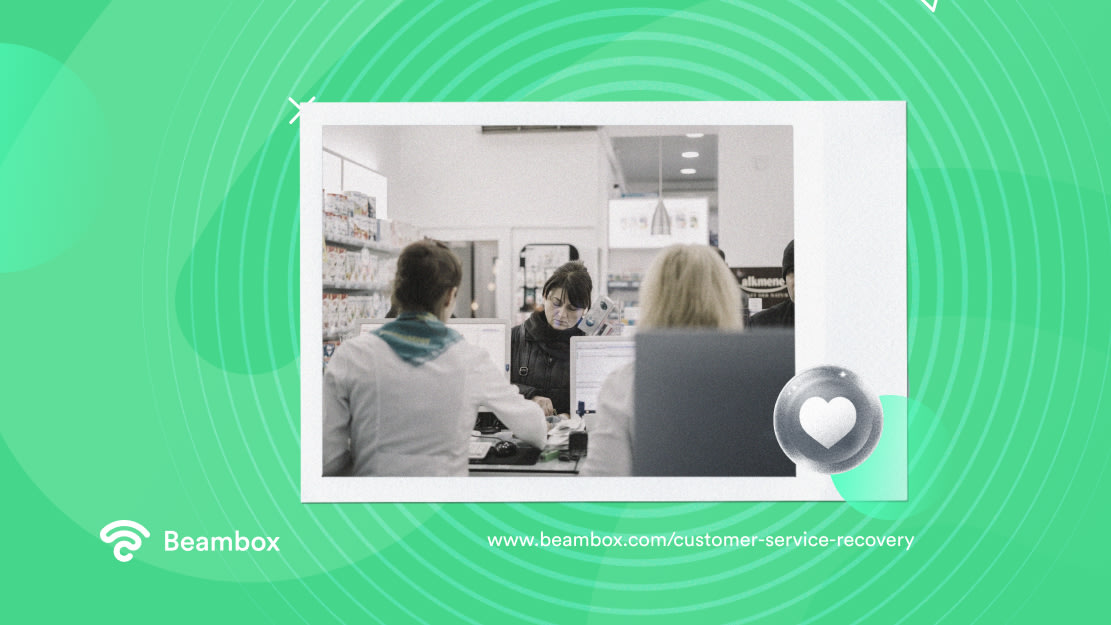
Top 5 Benefits of a Service Recovery Process
You now know exactly what most businesses offer as part of their service recovery strategy. It is simple: Just because customer satisfaction has been low doesn’t mean the relationship is doomed. Customer retention is all about riding those waves, including the low points.
With all that in mind, these are the top five benefits of a service recovery process to keep in mind.
1. It Reduces Negative Reviews
You can prevent negative reviews online if you catch unhappy customers before they spiral. This is why it’s essential to have immediate nets to catch customers with bad experiences before they leave your doors. You could simply encourage staff to ask, “How was everything for you today?”. Or you could ask for a customer feedback form at the POS to nip negativity in the bud.
These prompts give you the perfect chance to prevent negative reviews. You can resolve issues before they escalate and damage your online reputation. Think of it as customer spiral prevention; you can resolve things quietly and privately.
2. You Grow Your Customer Base
A huge benefit of investing in customer recovery is growing your customer base. Customer retention is a brilliant way to build a solid customer base. Put bluntly, the larger your customer base, the larger your profit.
Everyone makes mistakes sometimes, and even the best relationships have hiccups. However, your ability to maintain customer-business relationships will set your business apart. If you want success, focus on growing your customer base with excellent customer recovery.
You might think, “Too right, this customer is a tool.” But actually, a passionate customer is a good thing — just so long as they’re on your side. Your loudest critic can quickly become your loudest organic advertiser, so invest in converting them.
The customers who complain the fastest are often very vocal and outgoing. That is the exact profile of someone you can rely on to spread positive news about your business. By onboarding them, you are utilizing a specific demographic of instrumental individuals.
4. It Gives You Customer Time
Responding to customer complaints gives you time with customers that’s totally undisrupted. That’s actually a precious thing.
When running a business, you barely ever get the chance to sit and spend time with customers. Use the opportunity to get to know your target audience better.
5. You Get Valuable Feedback
Lastly, it might not be what you want to hear, but the customer is usually right to a certain extent. There’s always a lesson to learn from a customer complaint, even if that’s just communicating your services better. You don’t have to find fault necessarily, but always analyze customer feedback and invest in improving your business.
The best business development might just come from this angry man ranting down the phone at you. Our advice? Listen, resolve, and take away what’s valuable.
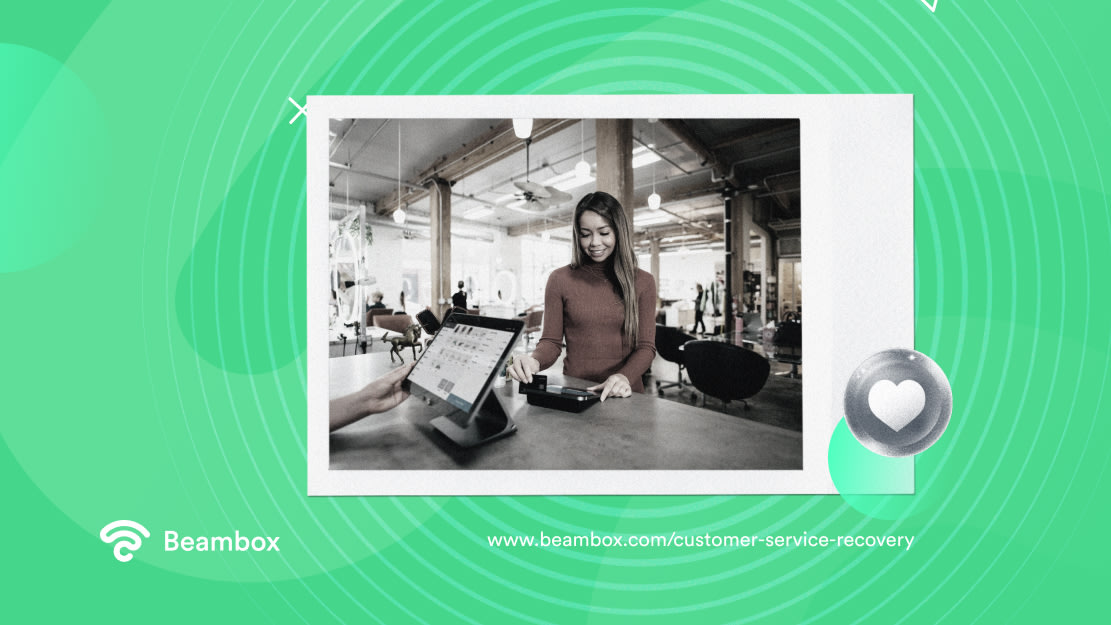
3 Key Factors of a Customer Recovery Strategy
When you run a customer recovery strategy, we have to warn you: you can make things worse. The last thing you want to do is throw gasoline on a roaring fire, so approach it mindfully.
We’ve got some key factors lined up to help you reduce the likelihood of causing that cringeworthy renewed blaze. These key factors are things that every successful recovery strategy should possess. If you can’t tick off these three things, immediately re-evaluate your approach.
Approaching customer recovery in the right way is essential. You need to take advantage of this slim opportunity to reconnect positively. The last thing you want is to waste this chance, so objectively, triple-check this next section.
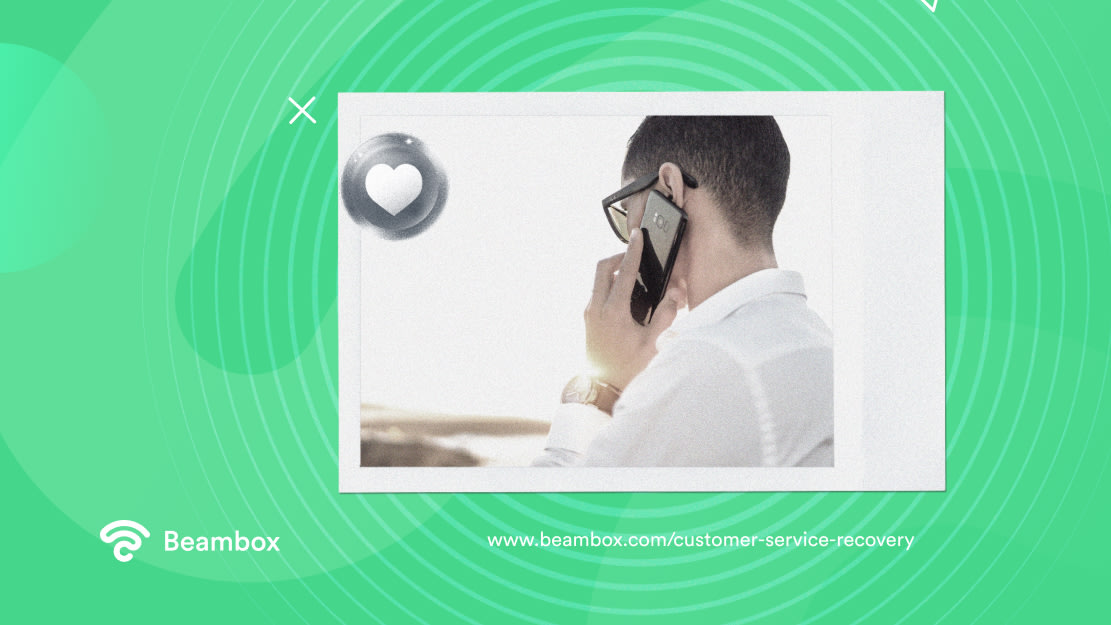
1. Obvious To Find
This is a big one; your recovery service should be blatantly obvious for customers to find. You could have a helpline or an email address. Whatever it is, you need to ensure customers can find it instantly if they have a complaint.
The longer customers look for your support team, the angrier they get. It is a bit like rubbing salt in their wounds and even further damages your relations. They’ll build more and more frustration, which makes your job even harder when they finally do make contact. Think of them like pans of hot water, dangerously close to boiling over until you take it off the hob.
Without clear contact for resolution, you look unprofessional. You need an obvious point of contact to ensure your best possible conversion chances.
2. Providing Authentic and Validating Support
An authentic recovery system is vital. Why? Because if it isn’t authentic, the message is that you don’t really care. You want customers to believe that you entirely validate their experience — even if that seems complicated from your perspective.
Your team should be experts in empathetic conflict resolution. After all, customer expectations are that they are met with someone who genuinely cares about their experience.
3. Featuring a Solution-Oriented Approach
With that said, a customer doesn’t just want you to get on the phone and validate them. They are expecting, or hoping for, a genuine resolution. For this reason, your strategy must be solution-oriented.
After your conversation, you should offer clear compensation, steps towards change, and a positive impact. Remember that you are moving forward. If you drive the solutions forward, customers will relax and trust you more.
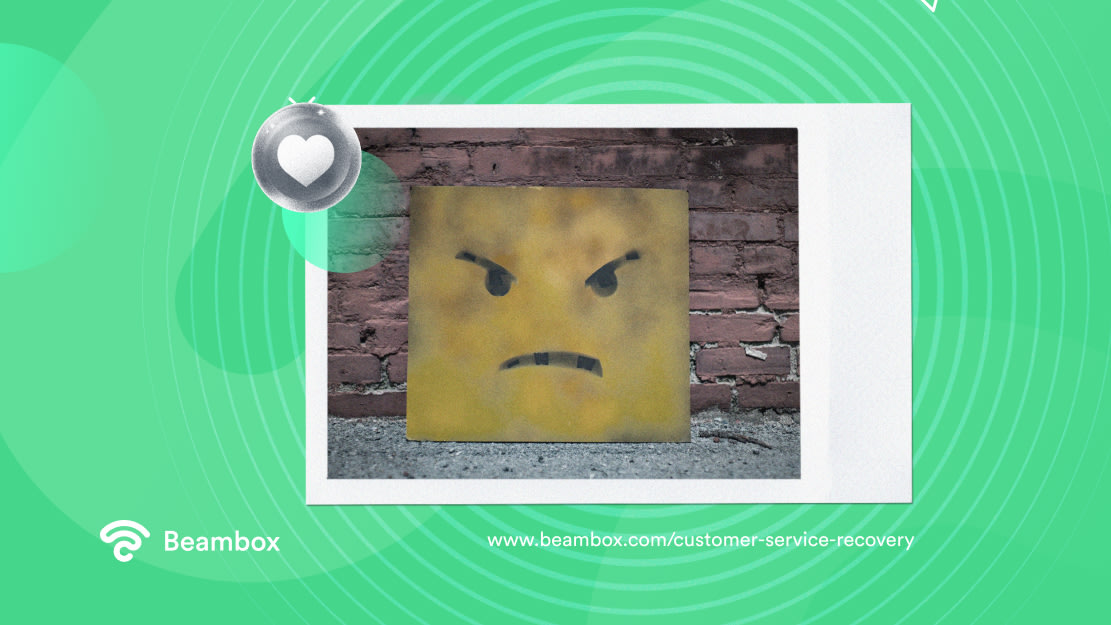
Beambox: WiFi in Customer Service Recovery
Customer recovery is definitely a finely balanced skill. You’ll need your most calm and collection staff members with a solid strategy behind you. One of these solid strategies is using WiFi to reconnect with customers.
There are so many ways to use WiFi in customer recovery. However, one of the best ways to do this is to ask for feedback via a captive portal system. A captive portal system acts as a blockade, stopping customers from immediately connecting with your WiFi. You might think this could make an angry customer even worse, but watch this space.
Customers have to complete a form of your design to pass through and connect to your WiFi. You can use this to request feedback, allowing you to make amends in the face of negative feedback. This is great for a few reasons.
First, introverted customers may quietly “quit,” not voicing dissatisfaction. Second, this can stop customers from ranting publically through reviews.
If customers enter negative feedback, you can automate the form to provide a free coupon. Or you can write a prompt to suggest that they speak to your staff for possible compensation. It’s a great way to recover customers that might otherwise quietly slip through the net.
Here at Beambox, we offer top-of-the-range WiFi marketing software. We can set you up with a captive portal that reattracts even the most surly customers. Start your Beambox free trial today and take better control of your customer service recovery.
Get Started With Free WiFi Marketing
Beambox helps businesses like yours grow with data capture, marketing automation and reputation management.
Sign up for 30 days free